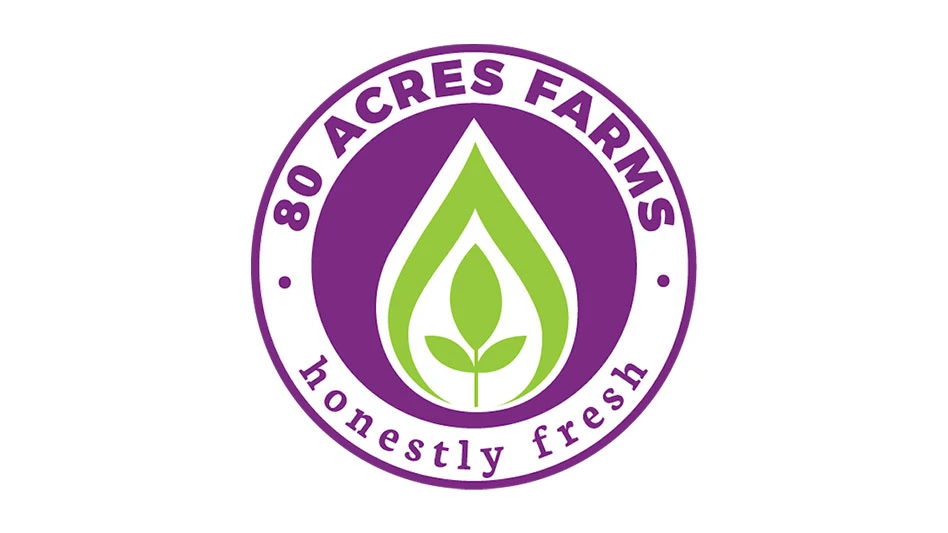
Green vegetables traditionally don’t evoke the warm, fuzzy feelings associated with conventional comfort food. It’s hard to think about spinach or Brussels sprouts taking the place of French fries or pizza when you’ve got a serious need to hunker down with some bad food that’s oh-so-good. Even so, vegetarian and vegan comfort food is seeing a massive renaissance in the marketplace and on social media.
I was a strict vegetarian for about 23 years, starting in 1990. Back in those days, there weren’t any fancy options for us plant-eaters, beyond basic tofu and a few internationally inspired rice and bean type mixes. The few faux meat products that existed were… gross. We didn’t have slick veggie food magazines or Instagram to help us get creative with our veggie cooking. The transformation of the vegetarian and vegan cuisine over the years since has been inspiring to watch. A few years ago, I converted to eating some poultry and fish in my diet — which wasn’t easy. But, I admit I still prefer vegetarian eating and have been thinking recently about converting back to a mostly plant-based diet. Given all the new options and ideas now at my fingertips, and the new wave of healthy veggie comfort foods, that transition is looking a lot more tempting.
If you’re new to the veggie comfort food movement, take a moment to sniff around Instagram or the Food Network. You’ll find “chicken fried” everything, from cauliflower, to mushrooms, to tofu. Chicken fried veggies, who knew?! Cauliflower pizza dough, cauliflower “rice,” cauliflower steaks… cauliflower you name it. Meatless pot pie recipes filled with veggies, “almost real” tasting veggie burgers, tempeh popcorn “chicken,” mashed potatoes and biscuits with faux gravy. Eggplant seems to be getting a reboot as well in several comfort food dishes, including po’ boy sandwiches. Vegetarians and vegans don’t want to just eat basic whole veggies, they want complex, rich flavors and to feel just as comforted and satisfied by their food as any meat-eater.
Amongst younger eaters, vegetarian, vegan and flexitarian diets are becoming much more popular. It’s clear there are many environmental benefits to eating less meat, not to mention increased concern over animal welfare. With the ability to connect as a community through social media, plant-eaters are building a huge network of ideas, resources, and recipes. Vegan markets, restaurants, menu options, and new food technology start-ups are on the rise across the U.S. and U.K., which will all drive demand for more fresh produce and innovative ways to use it.
The meat substitute market is also in overdrive. Fake meat is getting really real, which is making plant-based diets, or at least a reduction in meat consumption, an easier choice for many consumers. Germany, of all places, has been leading the way in the meat-substitute product market recently, creating everything from vegan schnitzel to bratwurst. Having grown up in Germany, where it was incredibly difficult for me to try eating as a vegetarian, I can say that it’s the last place I ever would have expected fake meat to garner a stronghold. Clearly, attitudes towards plant-based diets are shifting significantly, even in the most meat-centric societies.
Even with growing shifts to plant-based diets and a burgeoning new veggie comfort food market, I’ll bet that at least some of you reading this cringed at the words “vegan” or “vegetarian.” These terms are not always the best marketing tools when it comes to convincing meat-eaters to incorporate more produce into their diet. The terms vegan or vegetarian come with some pre-conceived notions about the people who tend to eat that way, and some of those notions are negative. I’d have to say I’ve taken a lot of heat from family and friends for eating a vegetarian diet. There is still a lot of social pressure to consume meat, which can make it hard for someone trying to transition to a vegan or vegetarian diet.
Look at the menu at most restaurants these days and you’re still going to see the same meat-based features — burgers, steak, chicken. We haven’t yet gotten to a place where there is a standard favorite vegetarian dish (no, mac and cheese doesn’t really count), but there is opportunity for meatless dishes to take center stage as entrees. Often, it’s how you sell them.
The same goes for pushing “healthy” food too hard. It isn’t always perceived as the best food, in terms of flavor and fun. And most consumers already know that produce is intrinsically healthy. While we clearly don’t want to let go of the specific health and wellness aspect of our marketing messaging, or the convenience aspect for fresh produce snacks, it feels like we’re missing something when it comes to marketing vegetables: comfort.
Green Giant has taken this first step with its cauliflower based products, using the tagline “Making Comfort Food Healthy”. The plant-based milk market has also stepped up with some progressive marketing, such as Silk’s Do Plants campaign. In the UK, the #VegCurious campaign (vegcurious.org) is working to make vegetables more appealing to young men. These are all good starts.
These days it seems we can all use a little extra comfort. If you’re looking for new creative ways to market your produce, a little down-home comfort cooking inspiration wouldn’t hurt.

Explore the September 2017 Issue
Check out more from this issue and find your next story to read.
Latest from Produce Grower
- University of Evansville launches 'We Grow Aces!' to tackle food insecurity with anu, eko Solutions
- Lawsuit challenges new H-2 visa rules
- Q&A: Sandra Eskin Leads Food Safety Advocacy Organization, STOP, as CEO
- Find out what's in FMI's Power of Produce 2025 report
- The Growth Industry Episode 3: Across the Pond with Neville Stein
- Martin A. Makary Sworn in as FDA Commissioner
- PG CEA HERB Part 2: Analyzing basil nutrient disorders
- LettUs Grow, KG Systems partner on Advanced Aeroponics technology





